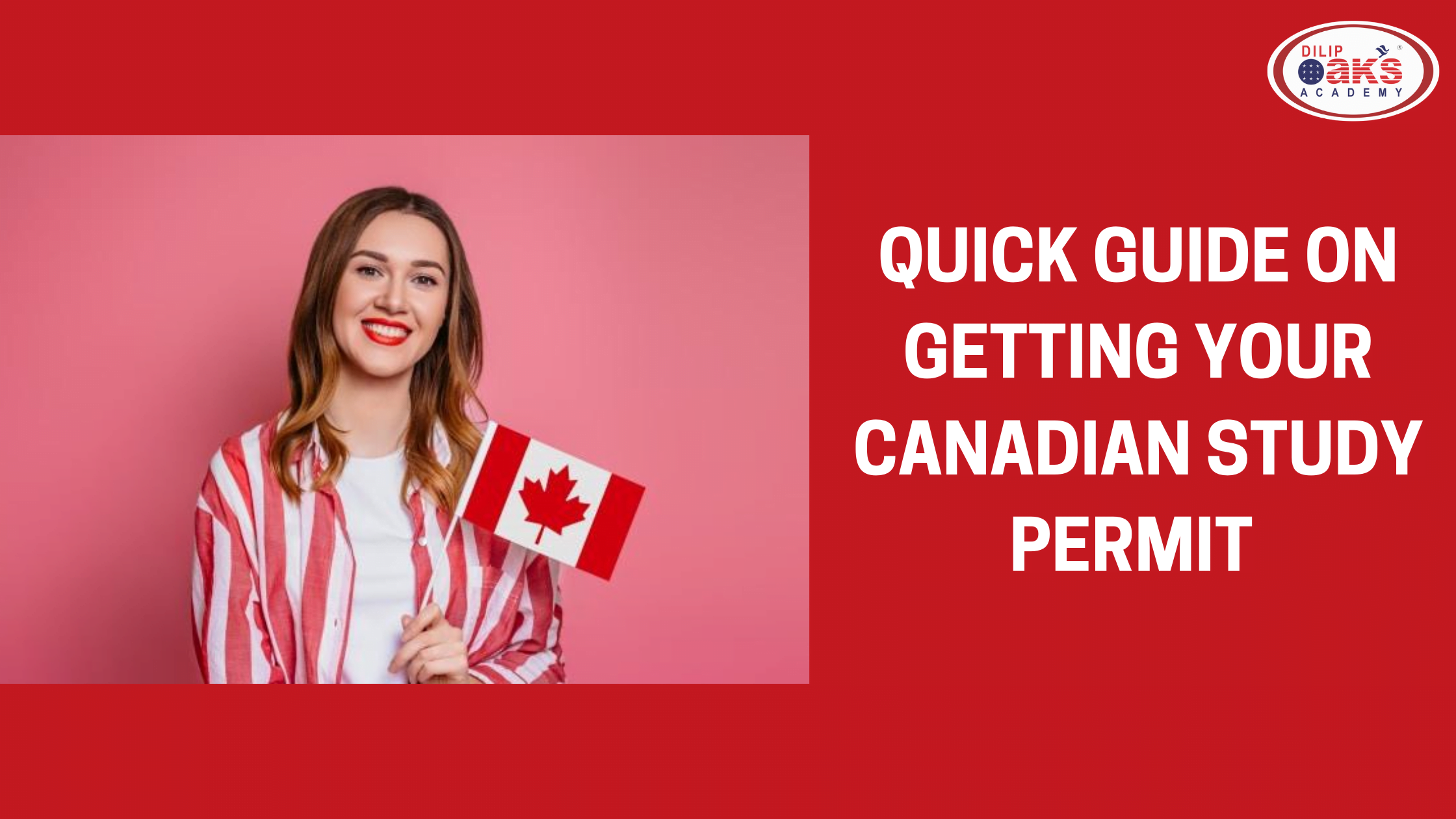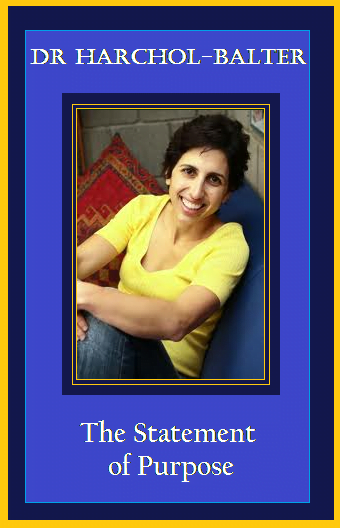
In continuation with our blog published on 17/07/2020 where we briefly discussed the admission and visa requirements for Canada, we will now take you through the step-by-step process for obtaining the Canadian study permit for MS, the application timeline, and the required documents.
Before we proceed, let us first understand the difference between permit and visa. Often, students get confused between the two.
Study Permit Vs Visa
A Study Permit allows you to stay in the country until completion of your course at any of the Designated Learning Institutions (DLI) in Canada.
A Visa allows you to enter the country. You must therefore remember that the study permit is not a visa and it doesn’t let you enter Canada. For entry, you need a visitor visa or an electronic travel authorization (eTA) which is issued by the Canadian government once your application for the study permit is approved.
Timeline and documents required for Canadian Study Permit
Your application process should begin as soon as you receive acceptance letter from your desired university. The fee for a study permit is CAD 150, which is around Rs 8400.
If you are planning to go for fall intake (September), you should begin the process around June. The documents required include:
- Valid passport
- Acceptance letter from the university
- Proof of funds (CAD 10,000 per year without tuition for those outside Quebec. For those in Quebec, CAD 11,000 per year)
- Passport size photographs
- Immigration Medical Examination (ideally to take a week before starting the visa process)
- TOEFL/IELTS scores
- Statement of Purpose
- Credit card
Step-by-step application process for a study permit:
Your application process might take three to four weeks to complete hence you should start the process with some margin in your hand. Once you decide, you can either apply online or apply in-person.
To apply online, you require scanned documents and a valid credit card for payment. Before you start the application, read the instruction guide HERE. Fill out the application and pay the biometrics fee. Once you submit the application, you will receive a letter specifying the time and place to give your biometrics. From receiving the letter, you have up to 30 days to give your biometrics.
To apply in person, you can download the application kit and the instruction guide from the official website of the government of Canada, fill the VFS consent form and attach it to the application, pay the processing fee (in addition to VFS Global services charges), and submit the documents at the nearest VFS office.
While you can go with either of the ways, we recommend students to apply online as the process is faster and easier.
Once your application is approved, you will receive a letter of introduction. This letter is not your study permit. You need to show it to an officer when you arrive in Canada. Along with the letter, you will also be issued an Electronic Travel Authorization (eTA) or a visitor visa (temporary resident visa) to enter Canada.
On arriving in Canada, you are required to present all these documents to the border services officer, who after validation, will issue you with the study permit.

